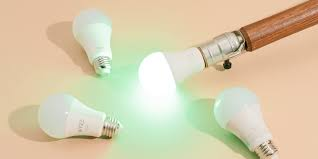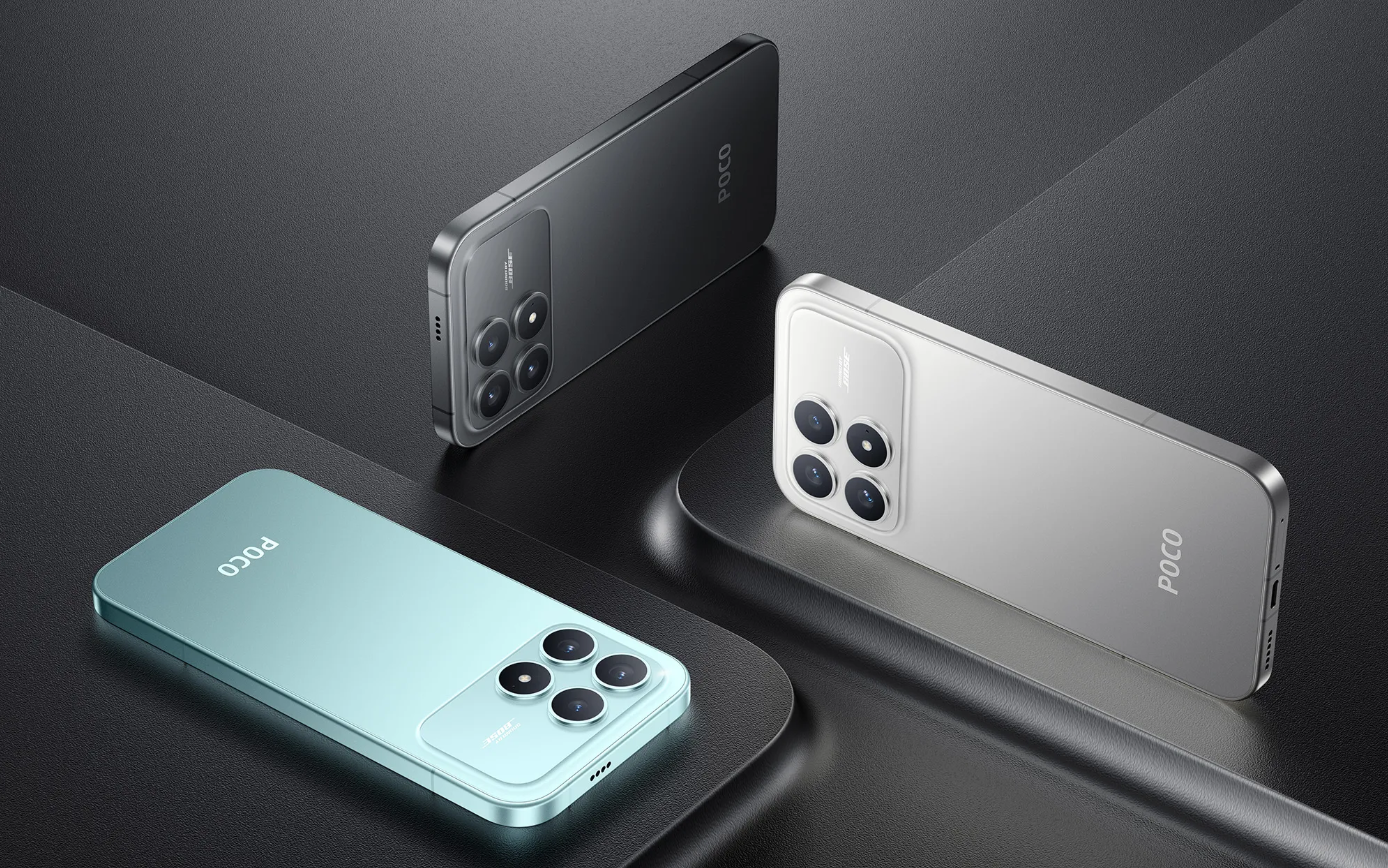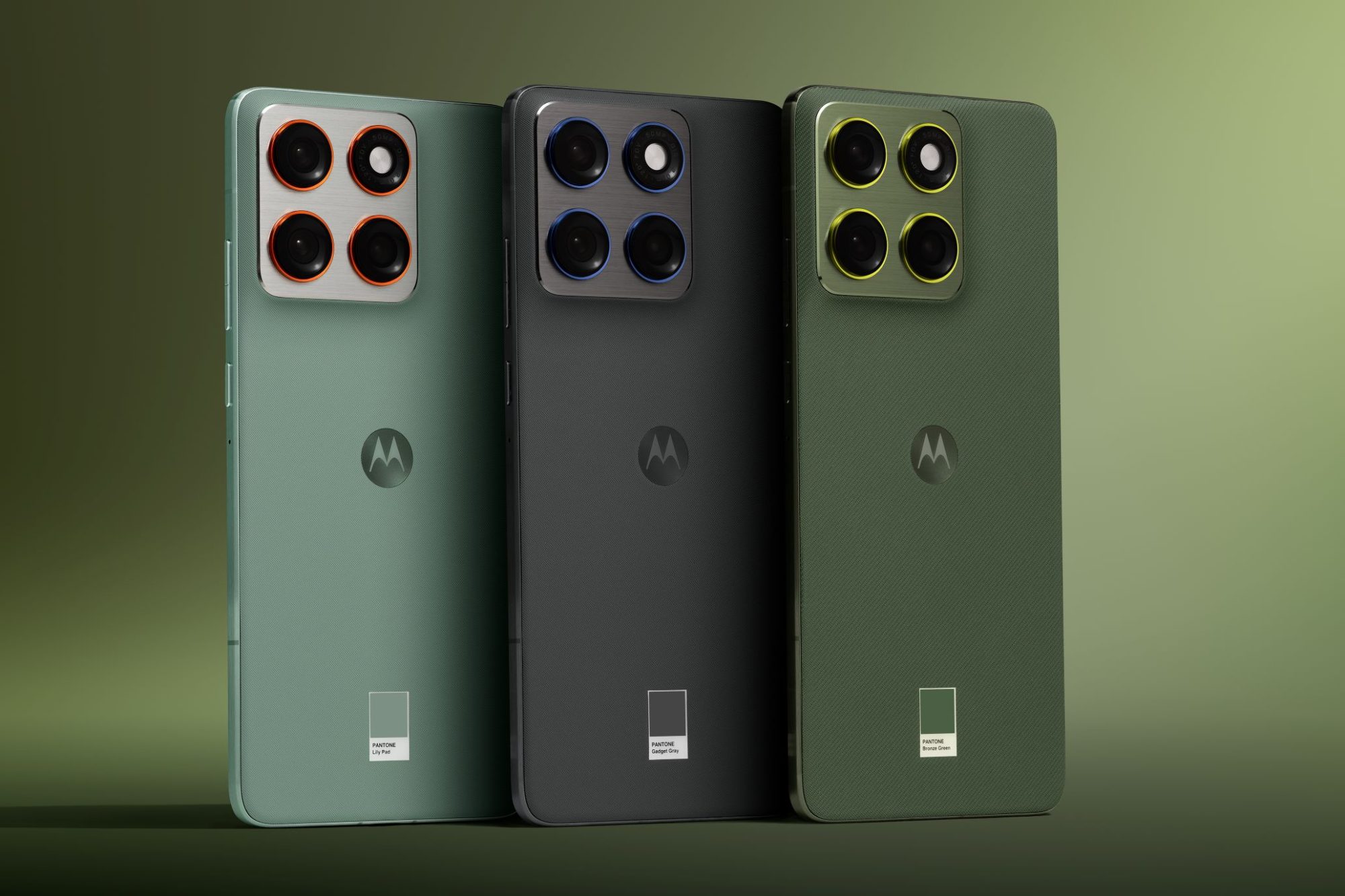Smart LED Bulbs: what to buy and why it matters

Why smart bulbs now matter at home
Smart LED bulbs have moved from novelty to mainstream, offering energy savings, scheduling and voice control in products that now suit casual buyers and smart-home enthusiasts alike. Modern bulbs support direct Wi-Fi connections, pairing with bridges for Zigbee or Z-Wave networks, or integration with assistants like Alexa, Google Assistant and Apple HomeKit. Beyond convenience, LEDs use a fraction of the energy of incandescent lamps and last far longer, delivering predictable reductions in electricity bills and fewer replacements. Dimming, tunable white and color features let users tailor light quality to activities and time of day, while many bulbs include basic scheduling, remote control and grouping for room-level scenes.

How to pick the right bulb
Practical choices begin with compatibility: confirm whether a bulb requires a hub and whether it works with your preferred ecosystem. Check lumens for brightness and the Color Rendering Index (CRI) for color accuracy—kitchens and workspaces benefit from a CRI above 90, and 800–1,100 lumens generally match a 60–75 watt incandescent. App quality and setup ease vary; a well-designed app simplifies routines, grouping and firmware updates, while poor apps can frustrate daily use. Advanced features such as circadian lighting, motion-triggered scenes and energy tracking can add value, but they raise the bar on pricing and support. For many households, a mix of tunable whites for ambient rooms and a few color bulbs for accent lighting balances cost and creativity. Buyers should compile a short checklist—platform compatibility, required brightness and CRI, whether color is needed—and test a single bulb before a wider rollout. Starting small reduces risk and exposes any unexpected app or network limits.






















